According to the Chinese zodiac, 2019 is the year of the pig–which usually means a spirit of relaxation and enjoyment. It’s unlikely, though, that all brands will enjoy a happy, prosperous 2019. Many will undergo significant changes; others will face challenges from category disruption and stiff competition. And all will have to figure out how to navigate an economy that will likely end up slowing down in the back half of the year. Here’s the list of brands I’ll be keeping my eye on, in my annual tradition of one brand for each letter of the alphabet: my list of Brands to Watch in 2019:
A Amazon. No surprise, Amazon will dominate the headlines. Increased competition for its voice-activated services and devices and its unfolding retail strategy (Go, 4-Star Stores and Whole Foods Market) will be newsworthy items. Plus, we’ll likely see the company make some bold moves in light of slowing Prime membership growth. And although the decision about the location of its new headquarters has been made (NYC and D.C.), the fallout–including reduction in its business with FedEx, NIMBY resistance from the selected local communities and increasing criticisms about tax breaks it receives–will continue.
B Baked X. That is, Baked Baker’s Box, Baked Bees, Baked Bros, Baked Smart, Bakked, etc. Yes, I’m referring to all the emerging cannabis brands. With the legalization of cannabis for recreational use in a growing number of U.S. states and Canada, business in the sector is booming, and the U.S. cannabis retail market could reach as high as $24.3 billion in 2022. So we’ll be hearing more about well-funded start-ups and larger companies including Constellation Brands rushing to get cannabis into high-growth (pardon the pun) mainstream product categories from sodas to skin care.
C Canada Goose. Canada Goose is to consumers today what Range Rover was in the 1990s–a luxury brand with product performance cred. Canada Goose puffer jacket wearers probably never have to endure extended time in sub-zero temperatures, but they could–and that’s the brand’s appeal. It’s become the ultimate status symbol, sported by celebrities and fashionistas. The company’s recent expansion into sweaters and acquisition of Baffin boots shows it is preparing to become more of a lifestyle brand and build the product line diversity it will most likely eventually need.
D Disney. The Disney and Fox merger creates a lot of upside and opportunities, including the creation of a new powerhouse entertainment property portfolio (from Star Wars to The Simpsons) and the advancement of Disney’s planned direct-to-consumer digital and streaming plays. But the new organization will have to overcome some challenges, including minimizing distractions from executive shakeups and layoffs and integrating two very different corporate cultures.
E Elon Musk. 2018 was a newsy year for Elon Musk, whom people regard as visionary, crazy or both. He worked 120 hour work weeks to get Tesla through the production ramp up for its Model 3, smoked a joint during the filming of a video podcast, tweeted about taking Tesla private (which eventually led to a $20 million settlement with the SEC and his resignation from the company’s chairmanship), and launched his own Tesla Roadster into space atop the first Falcon Heavy rocket. No doubt we’ll be hearing a lot more about Musk next year, especially since he has publicly stated that Tesla will achieve full self-driving in 2019.
F Ford. It’s only fitting that a commentary about Tesla be followed up by one about Ford. And all eyes will be on the venerable car company as it pursues its aspiration to transform from an automaker to a “mobility company.” Efforts have included developing more electric vehicles and hybrids, investing in its self-driving platform, buying electric scooter company Spin and purchasing and renovating the Michigan Central Train station.
G Google. There are several story lines that make Google one of the Brands to Watch in 2019. First, corporate culture: Last month 20,000 employees walked off the job over the company’s handling of sexual misconduct accusations, and earlier in 2018, employees protested the company’s involvement in an Air Force artificial intelligence project. This employee activism and its test of CEO Sundar Pichai’s leadership is likely to continue. Also, Google hired its first health strategy leader, presumably to synthesize the company’s fragmented health initiatives into a well-funded push to become a formidable health care player. Plus, there’s all the Google hardware developments (Home, Pixel, Slate) to watch.
H HEMA. HEMA, the grocery store concept from Alibaba that combines fresh food and digital technology into a breakthrough customer experience, is only one of the many reasons to keep your eye on the Chinese e-commerce giant. Another is the record $30.7 billion in sales it took in during Singles’ Day, its annual 24-hour online shopping holiday, which made the $1 billion Amazon generated on Prime Day seem paltry. The stepping down of founder, executive chairman, and public face of the company, Jack Ma, next year is yet another. Overall the company is boldly pursuing its “new retailing strategy,” which emphasizes the “harmonious integration” of on- and offline commerce.
I IBM. IBM’s $34 billion acquisition of open source enterprise software company Red Hat, the largest software acquisition in history, signals a significant shift for Big Blue. The company seems to be moving away from Watson and AI and returning to its core enterprise software and services business. Moreover, it’s the company’s latest attempt to rebuild IBM as the preeminent technology leader and perhaps a signal that more strategic acquisitions are on the way.
J J.Crew. This letter is actually less about J.Crew per se and more about its partnership with Amazon Fashion (although change is brewing at J.Crew, given its latest CEO resigned after only 17 months). Amazon is giving brands like J.Crew their own dedicated storefronts, with a look distinct from Amazon. For the brands, the offering is a way to become more accessible and convenient to a larger audience than they could attract on their own. For Amazon, it’s attracting brands that had previously resisted selling through Amazon – and positioning Amazon as the top player of the U.S. apparel industry.
K Kellogg’s. Last year Kellogg’s, and its industry peer Kraft, were my “K” designees because they and other similar brands were facing declining consumer demand for packaged foods and a shifting retail grocery landscape. The situation hasn’t changed, but Kellogg’s has taken some steps to try to boost sales. It’s exploring selling off its cookies and fruit snacks businesses, including Keebler, which would allow it to concentrate more on other profitable areas, and it’s introduced its first new product in over six years, Hi! Happy Inside, a brand of cereals made with probiotics.
L Lowe’s. With Lowe’s Home Improvement recent decision to close nearly 50 stores, you might think the brand should be headlining a list of Brands Most Likely to Fail in 2019. But I actually think the brand could undergo a successful turnaround. At the company’s helm is Marvin Ellison who successfully executed a similar scale-back at Home Depot a decade ago – and a new CIO who previously headed up Target’s digital and marketing technology. And the company’s working on improving customer experience through advanced technology and rationalizing inventory – so there’s reason to be cautiously optimistic.
M #MeToo. The #MeToo movement has been in full force for over a year now, with widespread and transformational impact. Now, though, the movement is meeting some backlash. Case in point: The New York Times recently reported that Hollywood has been stricken by a “profound malaise” due to the fear and tension #MeToo has caused. Given this, it’s unclear if #MeToo will grow beyond prompting the public shaming and employment termination of offenders to affect more systemic change in organizations and culture at large — or if it will encounter a glass cliff, like the many women who managed to shatter the glass ceiling only to get pushed or fall into failure.
N Netflix. Customers’ love for Netflix may soon be tested. The direct-to-consumer streaming video segment is getting awfully crowded with Amazon, Apple, and other tech giants growing their content businesses while traditional media players including Disney and Warner Media plan to launch in 2019. And since Netflix has been burning cash at an annual rate of $3 billion, it has limited ability to fight a costly content or pricing war. As a business, Netflix may still have a lot of growth potential, but as a brand, it may find itself competing against more attractive suitors.
O Oscar Health. Oscar Health, the health insurance start-up currently serving six states and 250,000 members, is of note not only because Google parent company Alphabet has committed $375 million to it. It’s also part of the growing healthtech movement that’s disrupting every aspect of health and healthcare. From genetic testers and health screeners such as 23andMeand Grail to fitness solutions such as Peloton and Fitbit, to insurers, health information management service providers, workflow and logistics solutions, device makers and more, many companies are succeeding by putting the person (patient or provider) at the center of the experience.
P Palantir. Data analytics company Palantir is among a handful of tech companies rumored to be going public in 2019. The company is of even more interest because of its classified work with the U.S. intelligence agencies (it’s credited with helping find Osama Bin Laden), and because of its founder, Peter Thiel, who was controversial figure even before becoming one of President Donald Trump’s biggest advocates in the tech industry.
Q QSRs. The global QSR (Quick Serve Restaurants) market is projected to swell to nearly $691 billion by 2020, thanks in part to healthy growth at fast casual brands like Sweetgreen, Panera and Shake Shack. Technology has been the driver for most fast casual growth, including the Panera 2.0 app which that company has used to reduce wait times, improve order accuracy, and create a more personalized experience for customers. Sweetgreen has also leveraged tech to extend into delivery, corporate office programs, and even supply chain improvements using blockchain technology. This segment of the growing food-tech industry remains worth watching.
R Rent the Runway. Rent the Runway, the 10-million member wardrobe-for-rent retailer, is transforming fashion retail. In addition to the high-end selections the brand started with, it has become more accessible and convenient, now offering a subscription service that allows customers to rent four items for 30 days at $89/month and the option to pick up orders at select WeWork locations. Now, Rent the Runway has developed a program that allows other brands use its platform to rent out their inventory – Club Monaco and Levi’s are just a few that have already signed on. That means we’ll be seeing more of this and other sharing economy retailers in 2019.
S Starbucks and Schultz. This letter is a two-fer, highlighting two related brands. First, Starbucks. The company ended 2018 with a great Q4 (strong comparable store sales momentum, new store openings and growth in its loyalty program) and recently entered into a partnership with Alibaba in China that is expected to accelerate growth in that already high-growth potential market. But it also recently announced it was eliminating 350 positions from its Seattle headquarters. Second, former Starbucks CEO Howard Schultz seems to be gearing up for a bid for the U.S. presidency. He has a personal website and a new book, From the Ground Up: A Journey to Reimagine the Promise of America, slated for release in February. Hmmm…
T Tencent. Tencent, the $34 billion USD Chinese holding company had a rough 2018, with bumpy revenues and stock prices mostly due to pressure on its gaming business, but its WeChat app continues its roll. The app, which lets people chat, pay bills, play games, shop and even access government services, is nearing 1.1 billion monthly active users, and continues to add “mini-services” that users access without leaving the app. This approach may be the future of apps.
U U.S.A. I would have loved to deem Uber the “U” letter in this list of Brands To Watch in 2019, but I had to opt for the U.S.A. brand instead. Given a controversial president, growing tariff and trade issues and continued division over immigration and border security, respect for the U.S. among leaders and the public around the world has been waning. And with the 2020 presidential election fast-approaching, the strength, value and integrity of the U.S.A. brand seems to be hanging in the balance.
V Victoria’s Secret. My questions above about #MeToo notwithstanding, it’s clear the movement has impacted business as we know it. Victoria’s Secret is just one brand that has suffered from the new spirit among women who rail against notions like buying and wearing sexy lingerie just to impress men. The company’s sales, market share, and stock price have taken a nose dive and the brand no longer enjoys the cachet of a cultural icon. Will new leadership be able to turn it around? And what about the rest of the L Brandsportfolio, which includes Bath & Body Works?
W Walmart. Walmart is once again my choice for “W” because it continues to fight aggressively against Amazon and other competitors. It has been working on reinventing itself through acquisitions that shore up its specialty business expertise, including lingerie brand Bare Necessities and women’s plus-sized ELOQUII, and the strengthening of its digital capabilities, as demonstrated by its 43% jump in Q3 e-commerce sales. But the company still has organizational and cultural issues to overcome and Amazon continues to dominate the digital world while expanding its brick-and-mortar offerings.
X Xiaomi. Yes, Xiaomi is the third Chinese brand on this list – which signals how I think our outlook on brands should be increasingly cast eastward. Xiaomi is not as big as Huawei, but the letter “H” was taken – and Xiaomi deserves special attention because of the upcoming release of Mi 9 that’s rumored to come with triple-camera module, LED flash and 5G connectivity. What’s more, having entered the UK market in November, the company has made it clear that the U.S. is next in its pursuit of markets beyond where it currently dominates over Apple and Samsung. What exactly it will offer to American consumers and when may be revealed as early as 12.08.18, when the company holds an event in New York City.
Y Yum! Brands. Yum! Brands balances the outlook on the QSR restaurant category in “S” above. As the parent company of fast food chains KFC, Pizza Hut and Taco Bell, Yum! serves as a bellwether for brands in the more price-driven segment of QSR. For years, the segment has been losing share to fast casual restaurants – but now with the crowding of the fast casual space and the improving quality and innovation in fast food, the tide may be turning and fast food brands may be making a comeback. Yum! specifically has engaged a three-year transformation plan that seems promising.
Z Zuckerberg. Given the crises at Facebook over election meddling, data privacy issues, and fake news, as well as the exit of Instagram’s founders this past year and slowing revenue growth, the brand might have been a shoe-in for the “F” letter of this list. But I think the more interesting story to watch will be CEO Mark Zuckerberg himself – especially in light of The New York Times article which suggests the primary cause behind the repeated crises was a leadership failure on his part. Will 2019 be the year Zuckerberg forges ahead or falls from grace? The Magic 8 Ball says, “Ask again later.”
Denise Lee Yohn is the go-to expert on brand leadership for national media outlets, an in-demand speaker and consultant, and an influential writer. Denise is the author of the bestselling book What Great Brands Do: The Seven Brand-Building Principles that Separate the Best f… MORE

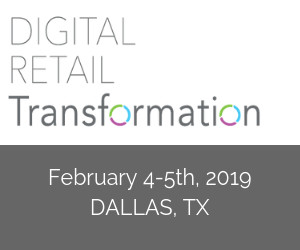


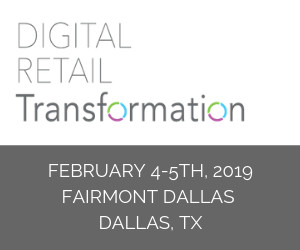 Dallas in February to anticipate the highly complex digital retail environment that will develop over the next few years.
Dallas in February to anticipate the highly complex digital retail environment that will develop over the next few years.


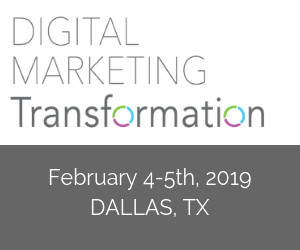 the digital marketing revolution is just getting started. CMOs and CDOs alike are seeking new ways to maximize their digital reach to attract new business to, as well as deliver enrich, personalized experiences to existing customers.
the digital marketing revolution is just getting started. CMOs and CDOs alike are seeking new ways to maximize their digital reach to attract new business to, as well as deliver enrich, personalized experiences to existing customers.
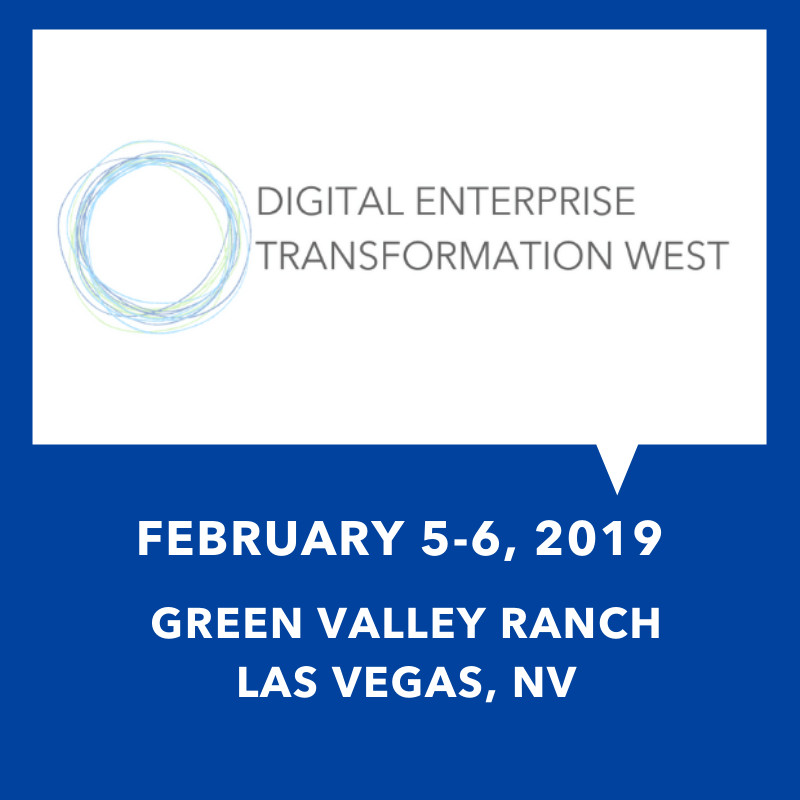

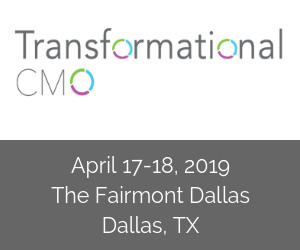 consumers and brands. This need to think “customer first” has made the marketing function more vital than ever before.
consumers and brands. This need to think “customer first” has made the marketing function more vital than ever before.


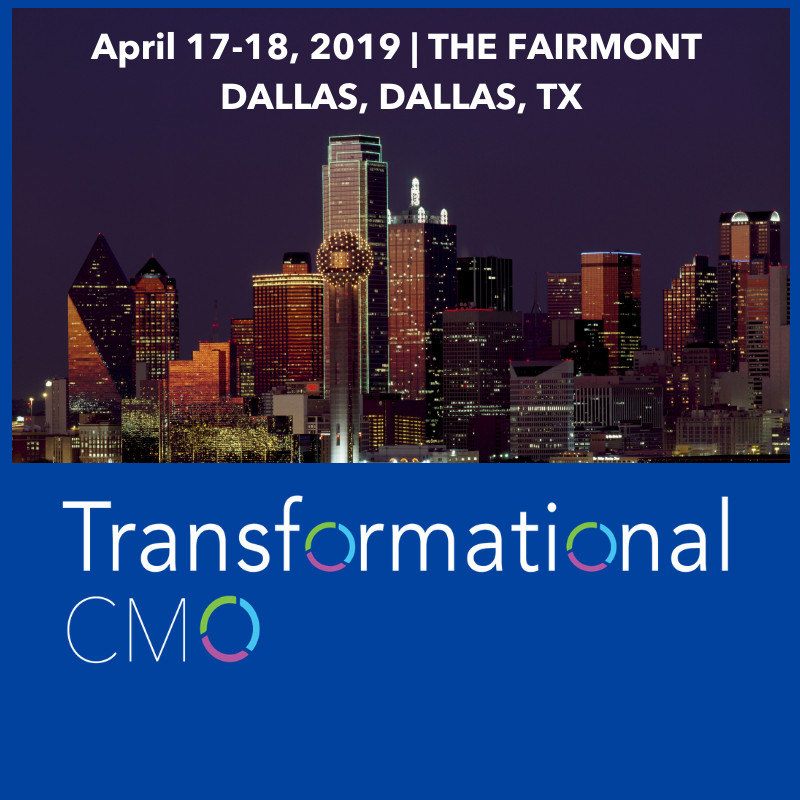 consumers and brands. This need to think “customer first” has made the marketing function more vital than ever before.
consumers and brands. This need to think “customer first” has made the marketing function more vital than ever before.